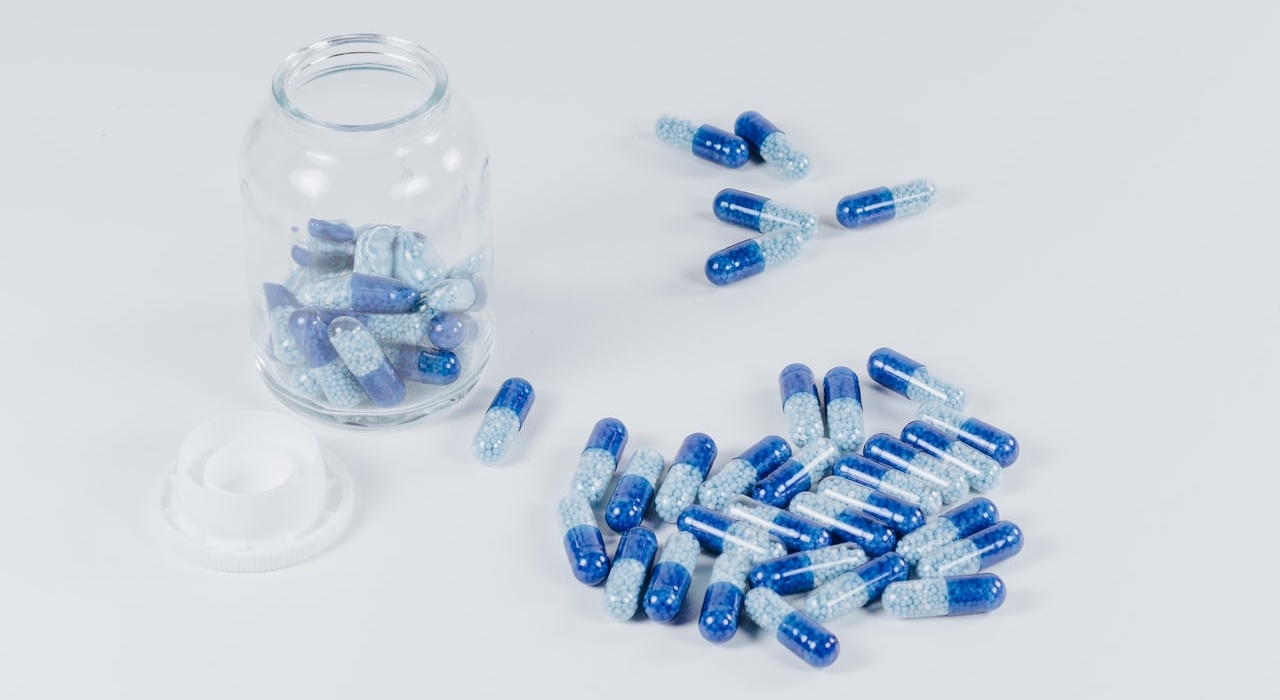
Ex parte Batteux is a 2007 decision of the Board of Patent Appeals and Interferences (BPAI) that is listed among the Patent Trial and Appeal Board’s (PTAB) informative decisions. Ex parte Batteux is indicated by the PTAB to be informative as to “[a]nticipation – intended treatment.”
The claim at issue recited “[a] method for treating hepatocellular deficiency, comprising administering mangafodipir to a patient in need thereof.” The examiner argued that the method was anticipated by a first prior art reference disclosing administration of mangafodipir to mice and rabbits suffering from hepatocellular carcinoma and a second prior art reference disclosing treatment of a patient with mangafodipir prior to, during, or subsequent to a liver transplant. Neither reference explicitly disclosed treatment of hepatocellular deficiency.
Appellants argued that they had discovered a new, patentable therapeutic use of an old compound, relying on the Federal Circuit’s decisions, Jansen v. Rexall Sundown Inc., 342 F.3d 1329 (Fed. Cir. 2003) and Rapoport v. Dement, 254 F.3d 1053 (Fed. Cir. 2001). In Jansen and Rapoport, the claim structure “a method of treating X, comprising administering Y to a patient in need thereof” was found to require administration to the stated patient population: “patients in need of treatment for X.”
The BPAI found that Jansen and Rapoport could be “distinguished, both on their facts and on their procedural postures,” noting that Jansen involved the issue of infringement in a district court case and Rapoport involved an interference. Having dispensed with Jansen and Rapoport, the BPAI concluded that the prior art references anticipated the claim at issue.
The BPAI broadly construed “hepatocellular deficiency” in the claim at issue as encompassing hepatocellular carcinoma as described in the first prior art reference. The BPAI further indicated that a patient in need of a liver transplant as described in the second prior art reference would necessarily be experiencing “hepatocellular deficiency” of some kind. Thus, the BPAI concluded that the disclosed methods would inherently result in treatment of hepatocellular deficiency – regardless of whether there was explicit intent to treat hepatocellular deficiency.
It should be noted that the Federal Circuit continues to rely on Jansen and Rapoport to support construction of properly drafted method of treatment claims as requiring administration to patients identified as in need of the recited treatment. In a non-precedential case decided in 2019, Sanofi Mature IP v. Mylan Labs. Ltd., the Federal Circuit explicitly criticized the basis for distinguishing over Jansen and Rapoport articulated by the BPAI in Ex parte Batteux, stating:
To the extent the Board disregarded Jansen simply because it was on appeal from a district court… it erred. Claim construction standards vary between district court litigations and inter partes reviews, but basic principles of construction do not.
Some aspects of the BPAI’s decision in Ex parte Batteux might not have survived appellate scrutiny if challenged – particularly the BPAI’s disregard of Jansen and Rapoport and unwillingness to evaluate intent. Nonetheless, the broad construction of “hepatocellular deficiency” may have remained an obstacle to prevailing as to the claim at issue.
Takeaway: Properly drafted method of treatment claims should distinguish a new therapeutic use of a known active ingredient over a prior therapeutic use. However, it is important that the new therapeutic use be carefully defined to avoid inadvertently including the prior therapeutic use.
Judges: Scheiner, Grimes, Linck
by Jacob Doughty
Jacob A. Doughty is a patent attorney and founding partner of Element IP. Jacob’s practice includes all areas of US patent law with an emphasis on patent prosecution and management, client counseling, opinion work, and due diligence in the chemical, pharmaceutical, and biotechnology sectors.
